8/5/2013
After nearly seven years as a professional goldsmith and metal arts teacher, it was time to make an engagement ring for my own girlfriend.
I started out with a budget - in dollars and time. Mass produced engagement rings can take under one hour of labor. When I teach engagement ring making classes, a basic solitaire takes 10-12 hours. The most complicated engagement ring a customer has made took 40 hours. I figured I could spend up to 100.
I started with a little research about what other DIY romantics who have crafted their own engagement rings made. I was impressed. People with almost no prior experience made beautiful rings, some creative rings, and the documentation was excellent.
Of course, I have the tools and know-how to make an engagement ring, and had already come up with a few ideas that were exciting to me. I put my thinking cap on for a full 50 hours of research before getting my hands dirty - and stopping occasionally to take a photo. Here is how I made my fiancée's engagement ring:
Part I: Refining
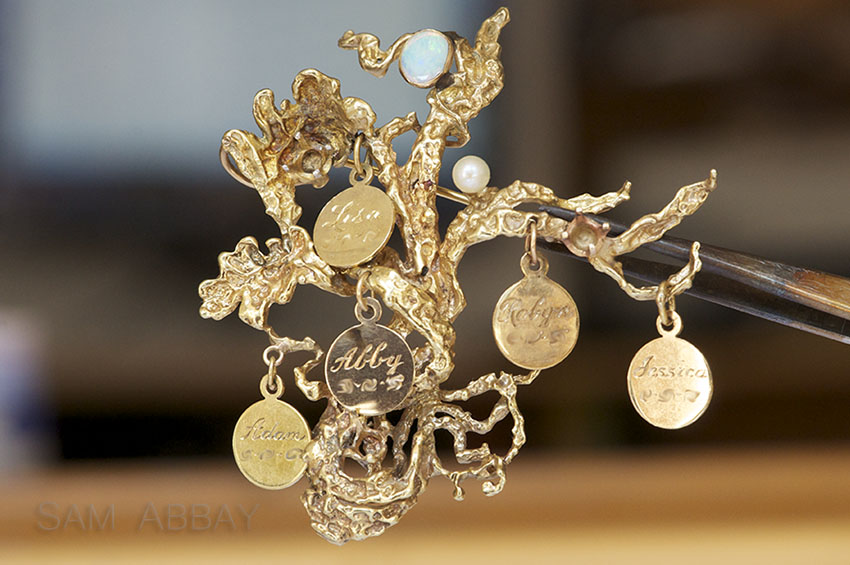 |
Here is an example of a tree-of life brooch, which my girlfriend had inherited from
her
|
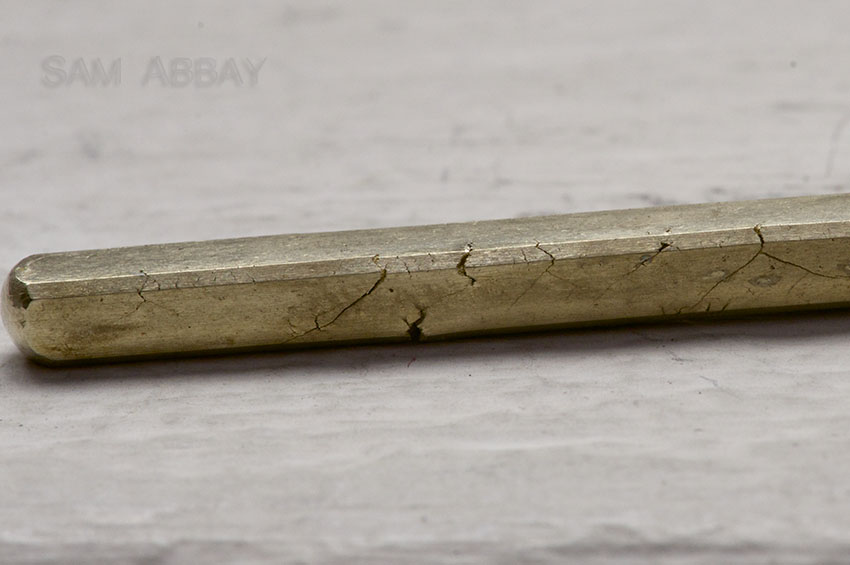 |
Unfortunately, there are many alloys of gold. This one was made specifically to flow
|
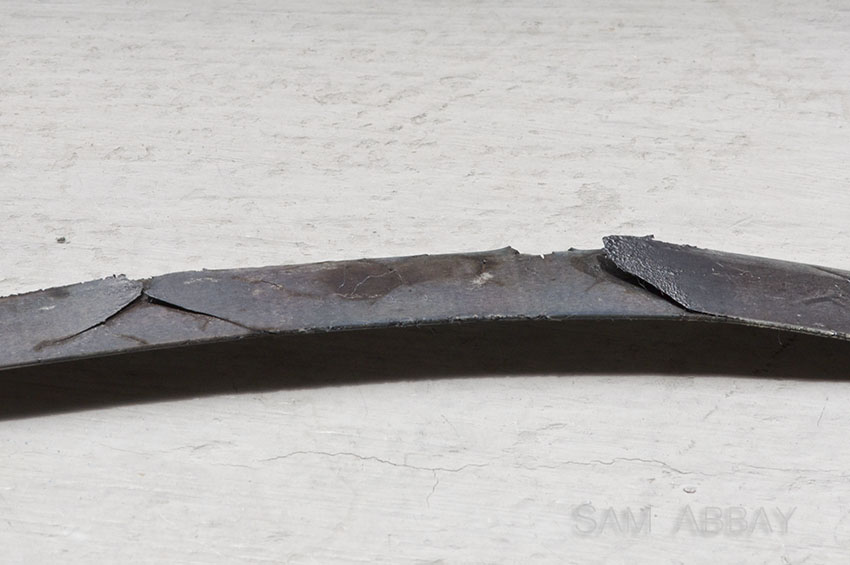 |
As I roll it further, the cracks become worse.
|
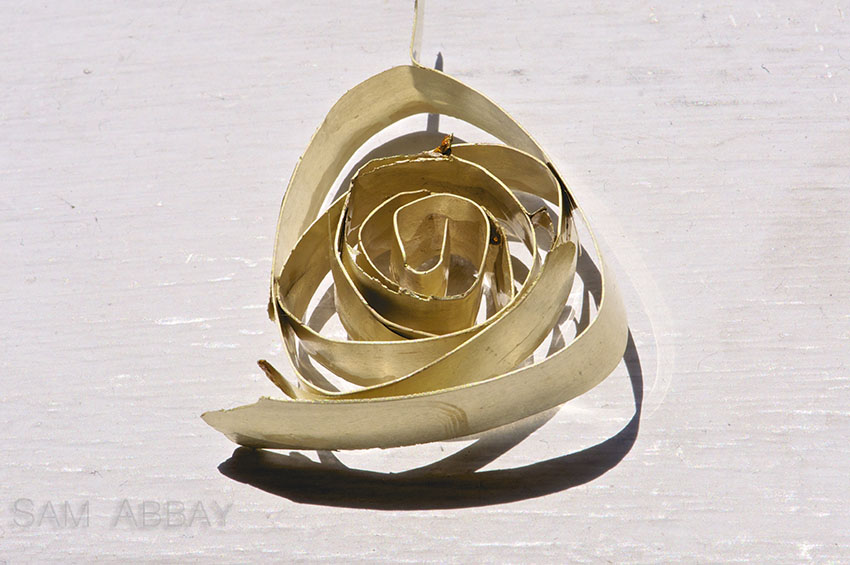 |
Now it's a flower.
|
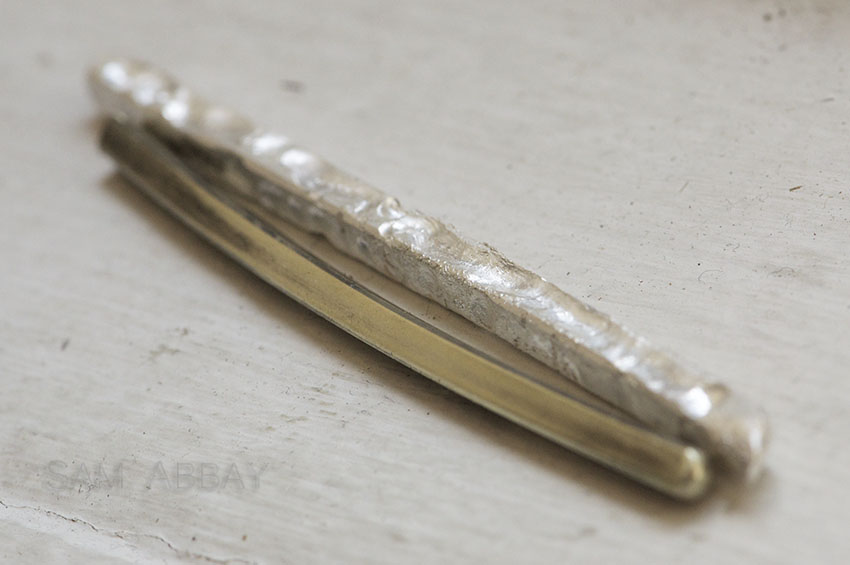 |
Here's our cracked gold ingot again. I will now quarter the gold: mix it with alloy
|
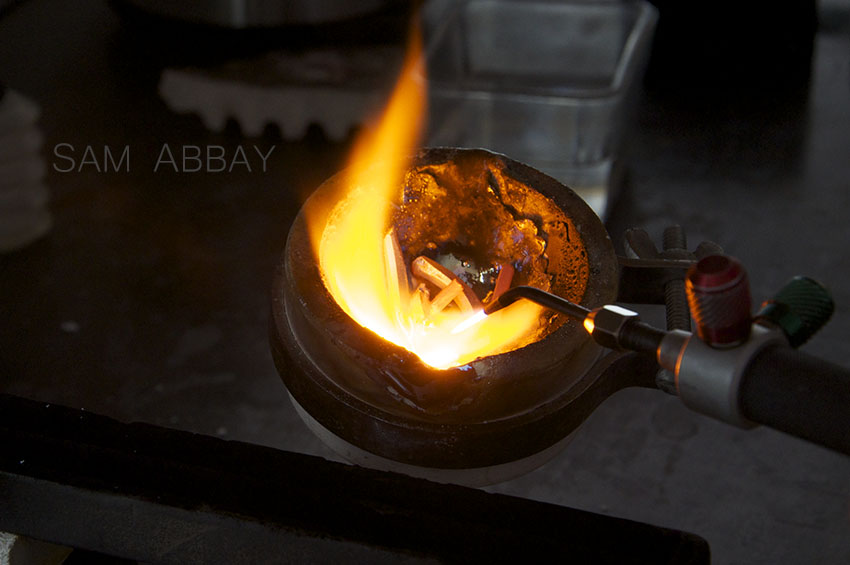 |
The gold and silver are melted in a crucible.
|
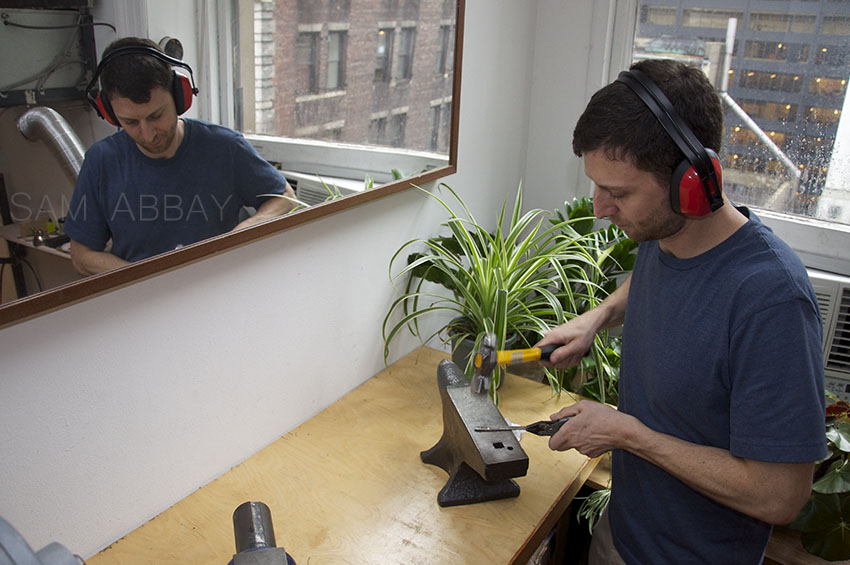 |
The ingot is hammered to flatten and strengthen it a bit.
|
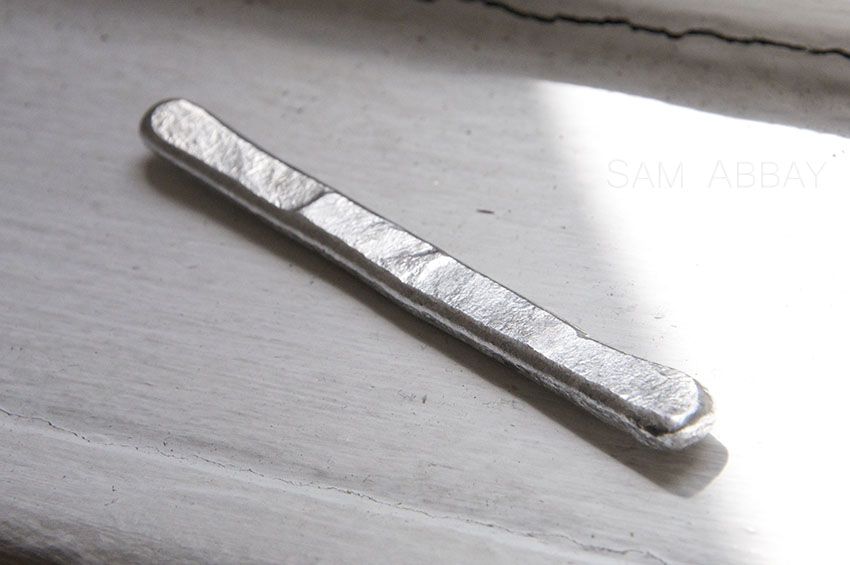 |
The resulting mostly-silver ingot is soft and ready to be rolled into a thin strip.
|
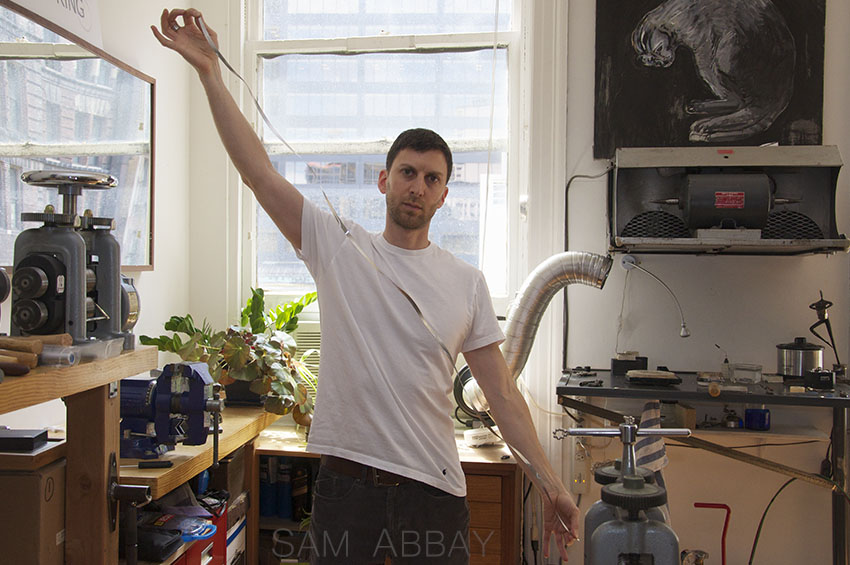 |
The rolling mill (far left), rolls it thinner and longer, increasing the surface
|
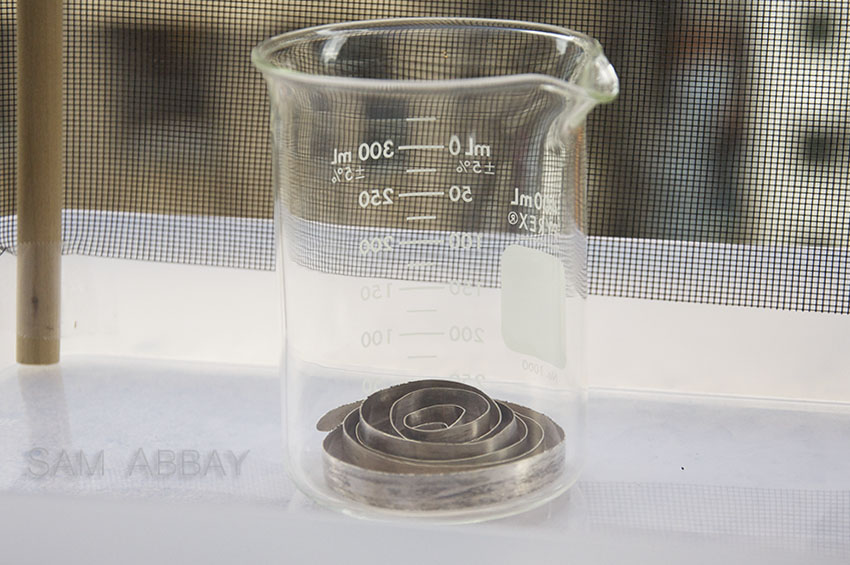 |
The thin strip of rolled gold in a beaker. Nitric acid will not dissolve
|
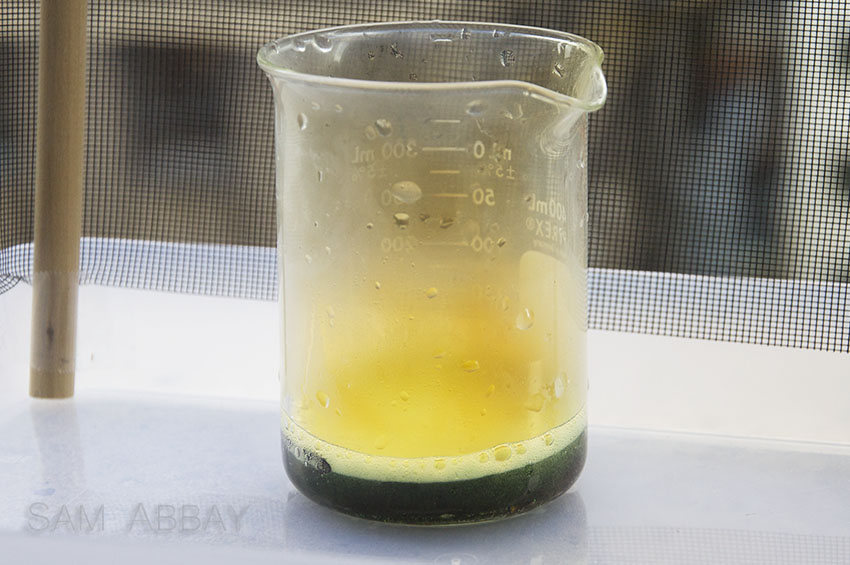 |
We have a fierce reaction shortly after the nitric acid is added. The nitric will
|
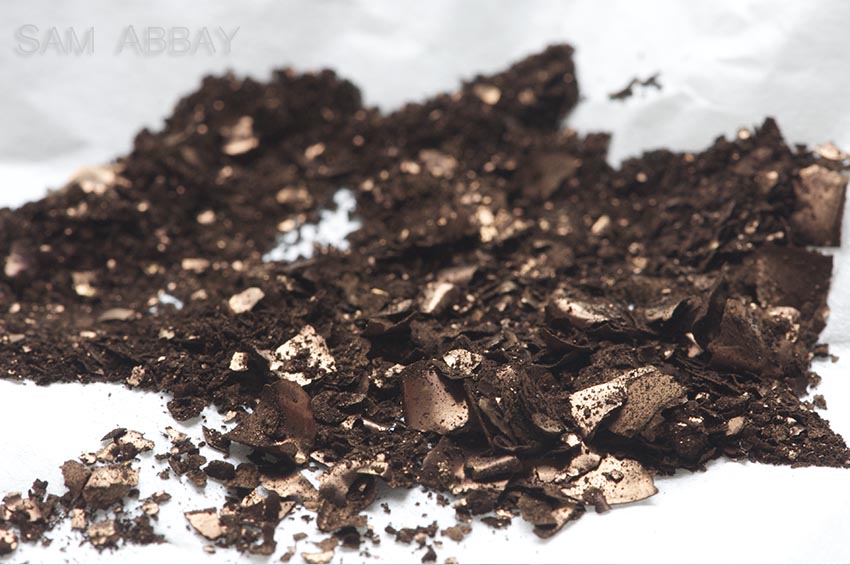 |
The result is flakes of high karat gold, with a tiny bit of silver that the nitric
|
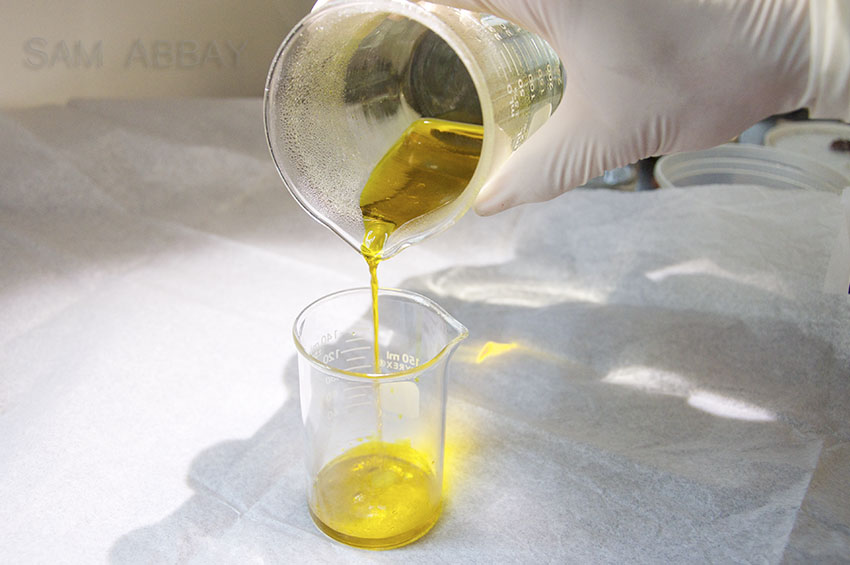 |
The aqua regia contains Grandma's gold. A small amount of silver chloride can
|
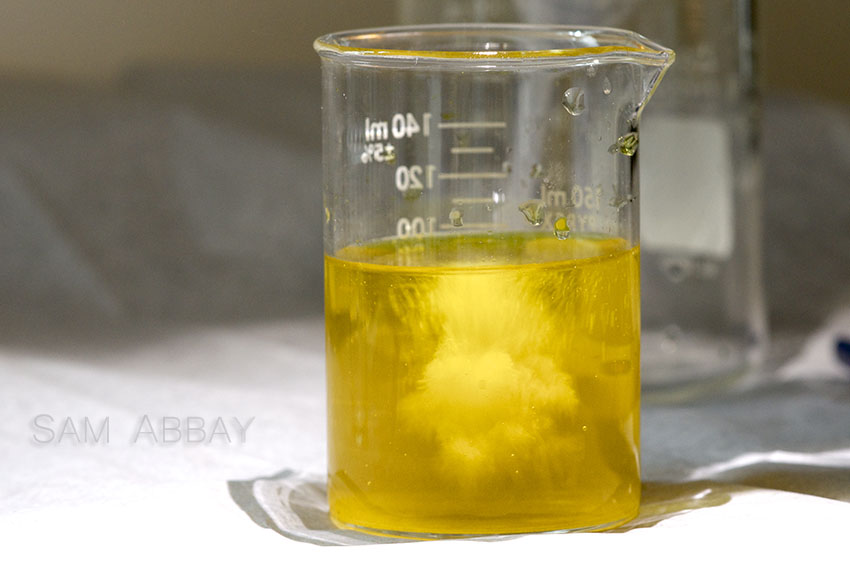 |
The gold is precipitated out with ferrous sulfate.
|
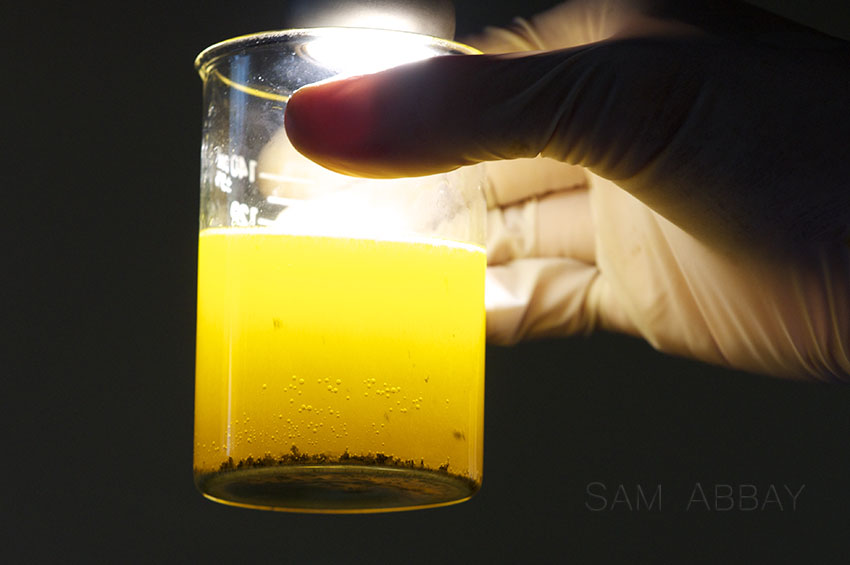 |
Pure gold settles to the bottom of the beaker.
|
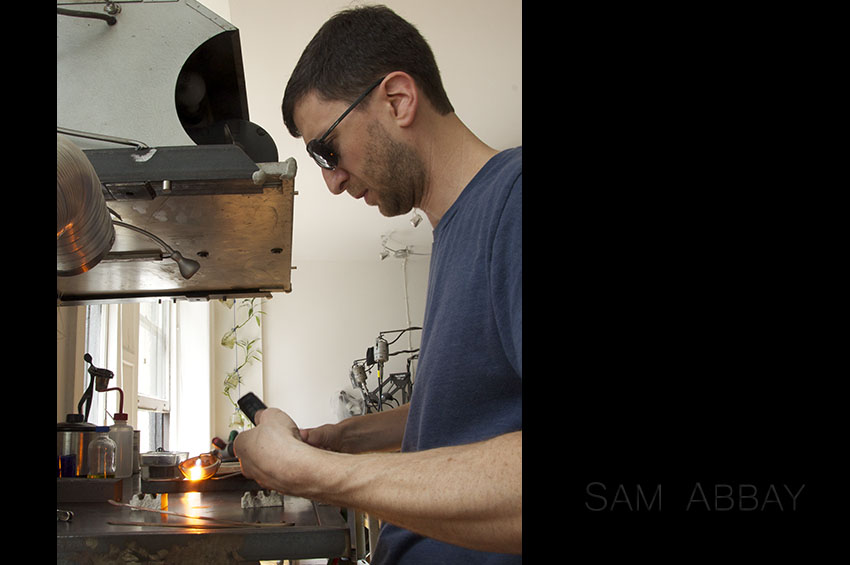 |
The gold precipitate is melted together into nuggets.
|
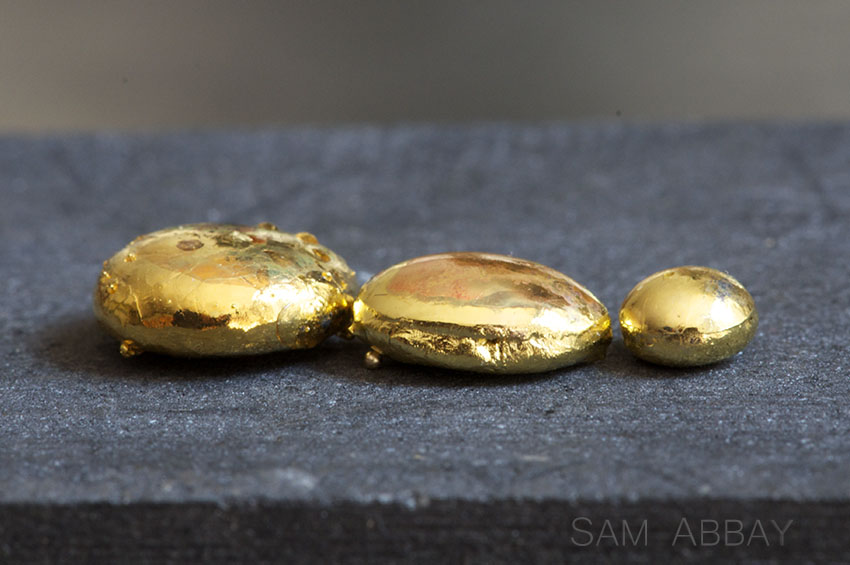 |
After more hours than I would like to admit, three beautiful former-tree-of-life
|
Part II: Plasma
|
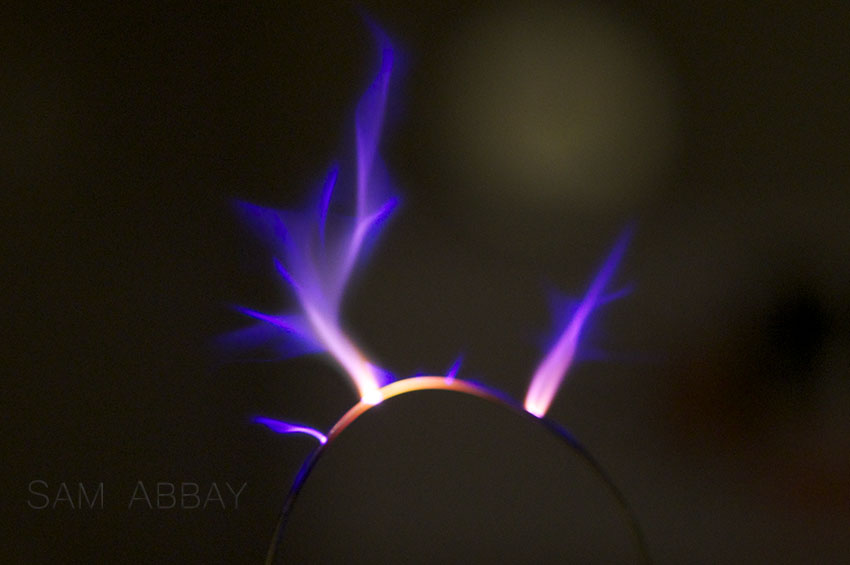 |
This is a plasma arc speaker.
The purple plasma in the photo is actually playing music.
|
 |
Most plasma speakers arc off of a copper surface. I tested a couple dozen alloys
to
|
Here is a video of one of those such tests. Mouse over and click play. Much is
|
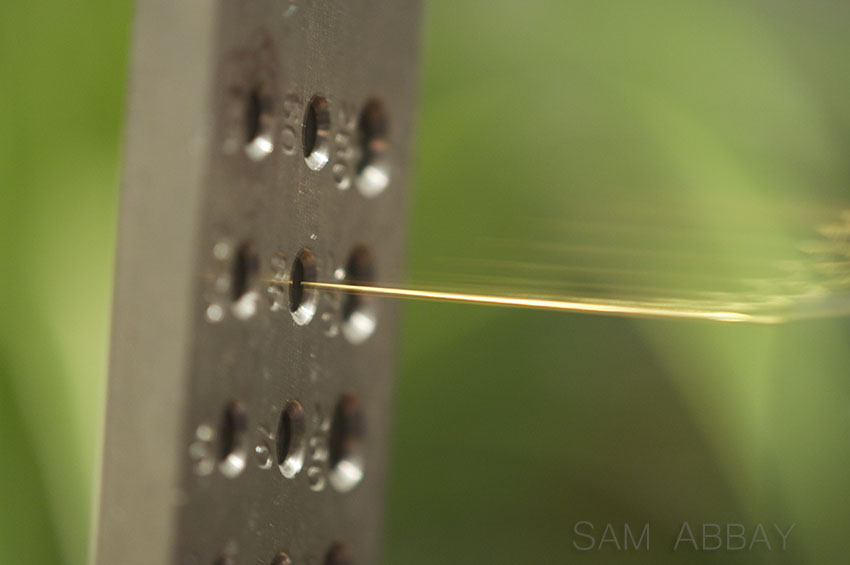 |
I draw some of grandma's gold engagement ring alloy into wire for testing. |
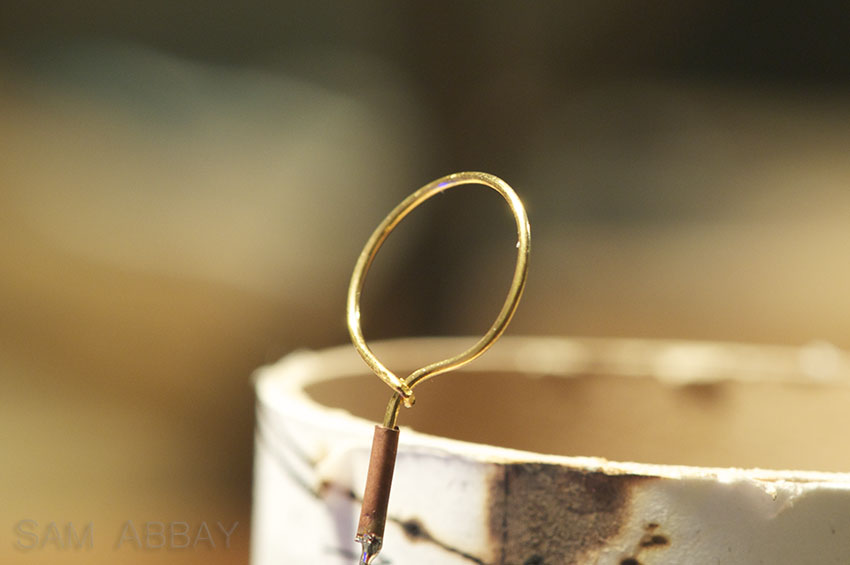 |
A tiny test ring fits in the speaker...
|
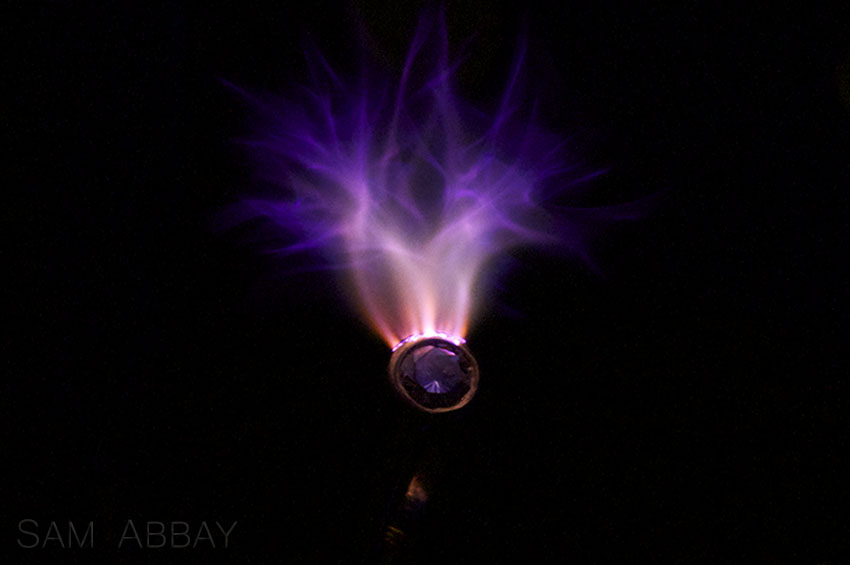 |
Now I test a demo engagement ring with a Moissanite stone, which does not crack from the heat. If the
|
Part III: Construction
|
 |
Remember the gold? Time to melt, pour an ingot, and mill it into the parts I will
|
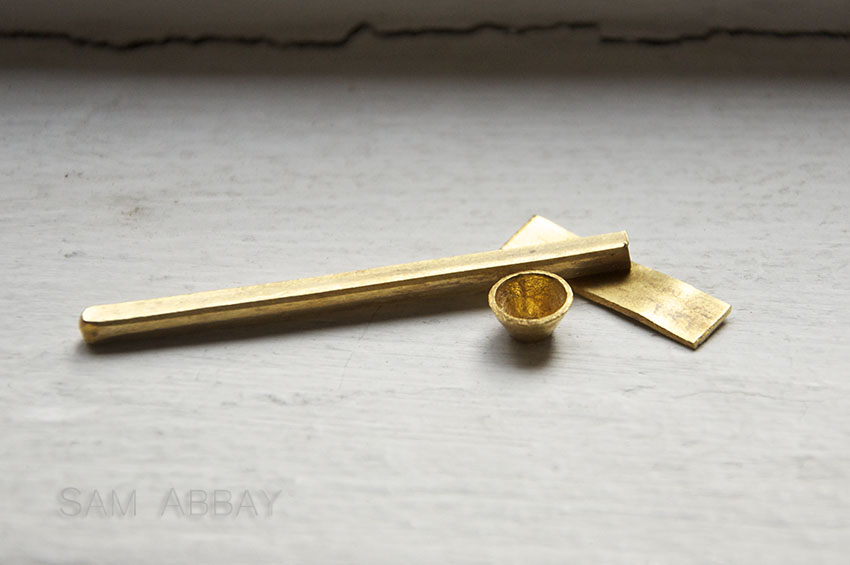 |
Here is a square gold rod, some bezel strip, and a second bezel that I have
|
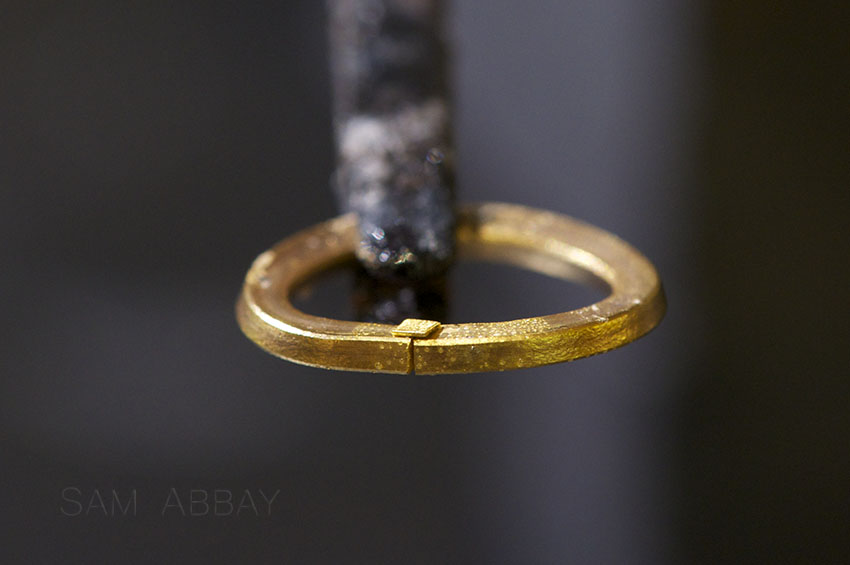 |
A special alloy of gold designed to melt at a lower temperature is placed over the seam.
|
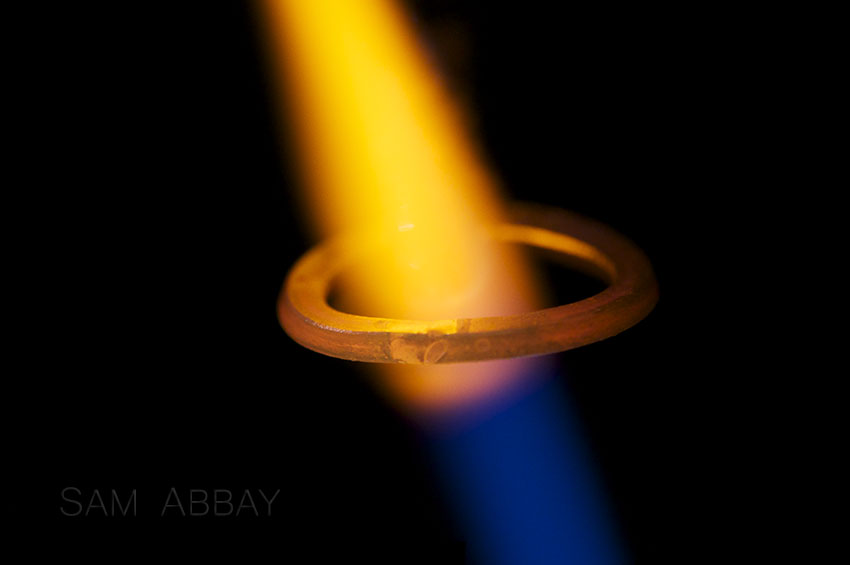 |
The ring is heated until the solder melts. Capillary action draws the liquid gold
|
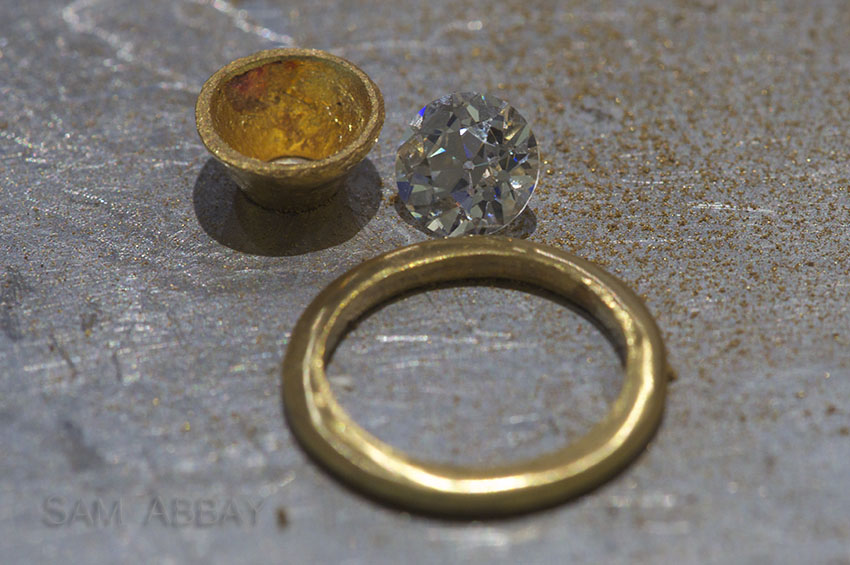 |
Gold filings are everywhere as the gold ring is shaped. The ring will now be cut open
|
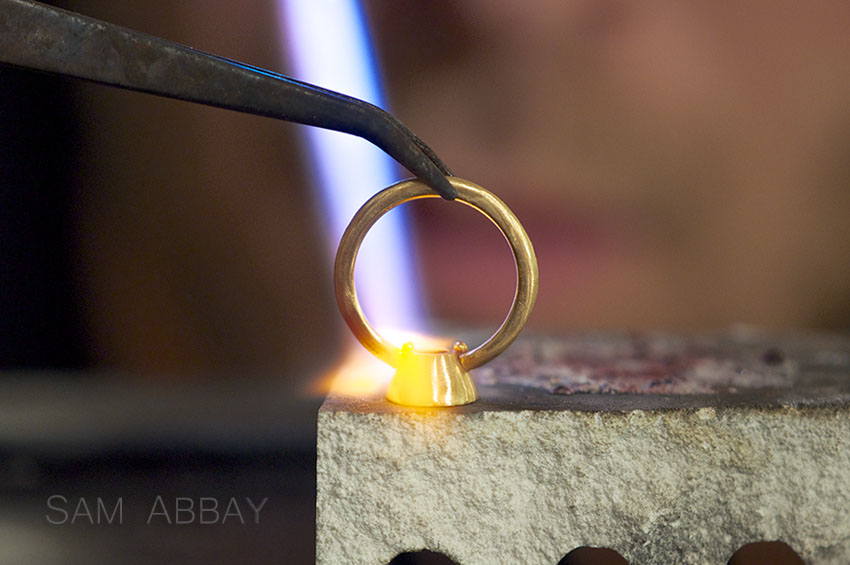 |
The head is now soldered on to form a complete ring mounting.
|
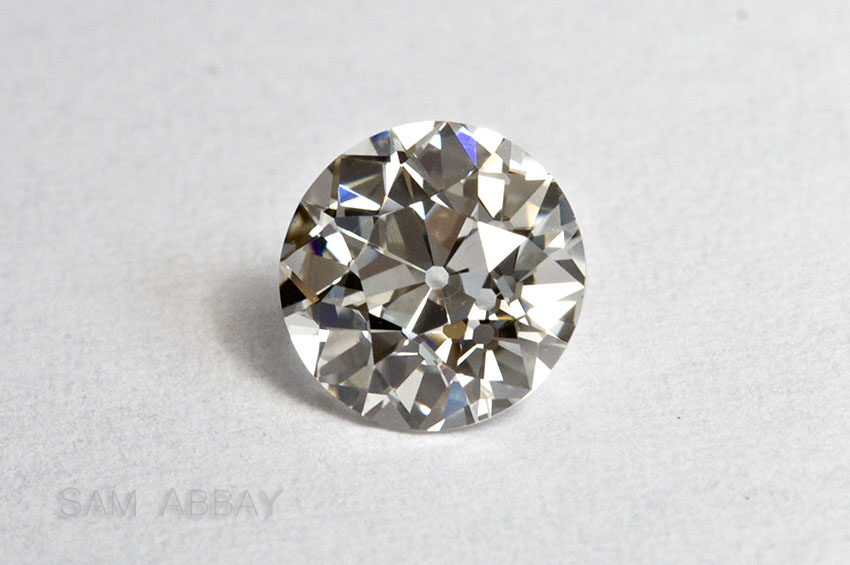 |
Here is the centerpiece - an antique Old European cut diamond. This cut features
|
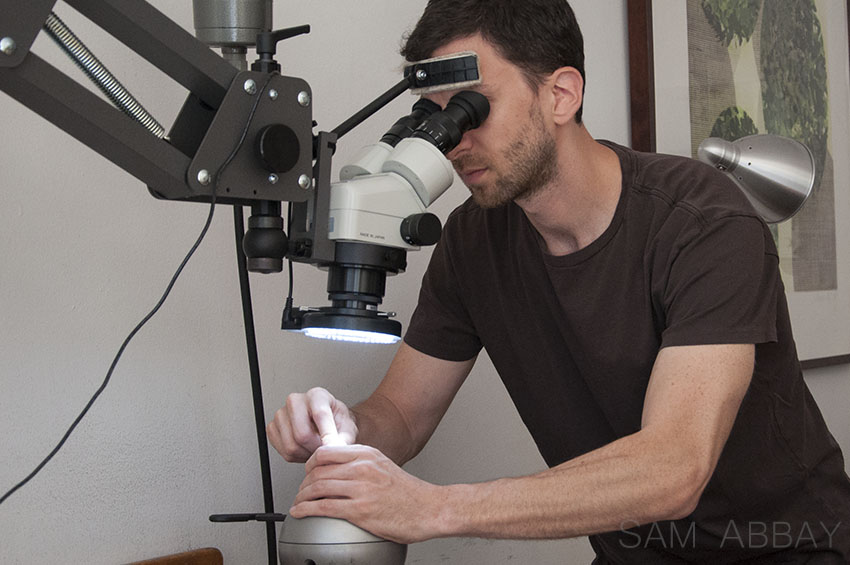 |
Using a microscope, I carefully fold the gold bezel over the diamonds.
|
Part IV: Finished!
|
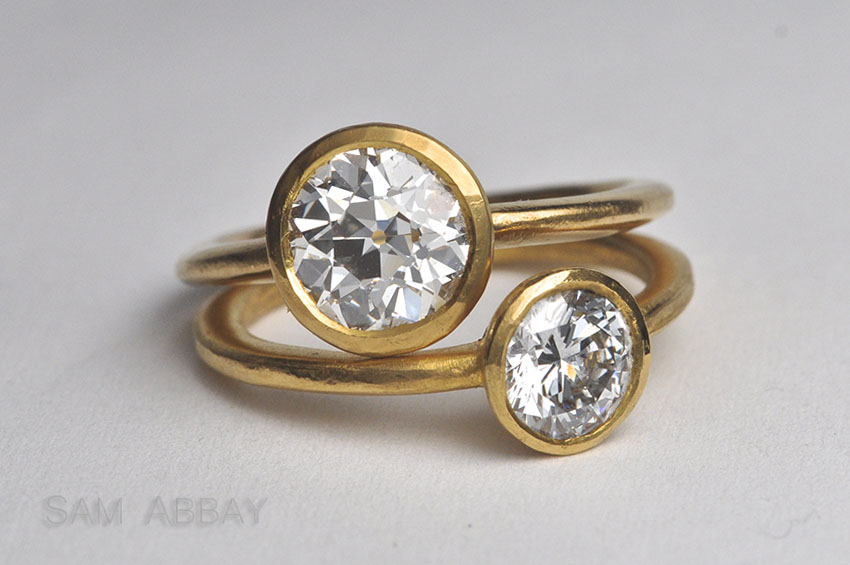 |
Stacking engagement rings! One antique Old European cut diamond and one
|
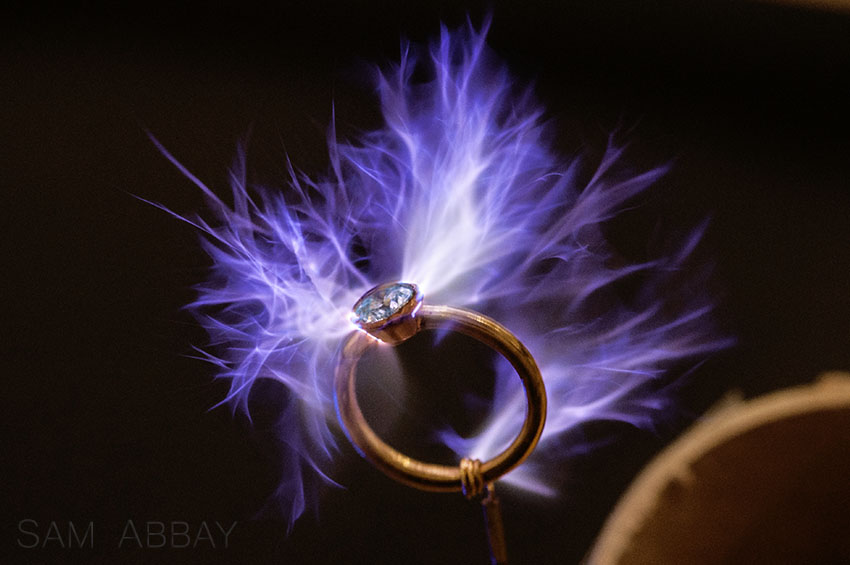 |
The finished diamond ring as the substrate for the plasma speaker. I recorded a
|
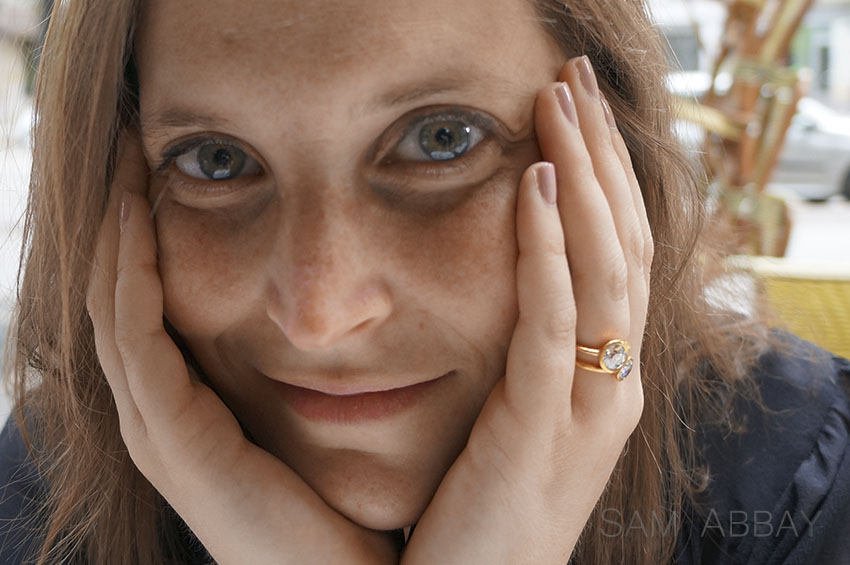 |
The End!
© 2019 Sam Abbay - New York Wedding Ring dba Sam Abbay |
